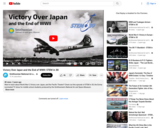
This episode of STEM in 30 covers the end of World War II and the Victory over Japan
- Subject:
- History
- Material Type:
- Activity/Lab
- Provider:
- National Air and Space Museum
- Author:
- National Air and Space Museum
- Date Added:
- 09/03/2020

This episode of STEM in 30 covers the end of World War II and the Victory over Japan
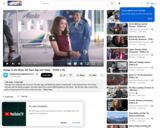
Hear from those involved with the Apollo program, and learn about the science behind getting to the moon. We will also take a look at the plans to head back to the moon in the near future.
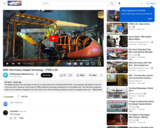
Because of the events of WWI, airplane technology developed rapidly. Learn how airplanes changed in this short time, how other technology advanced, and how airplanes were used throughout WWI.

In this episode of STEM in 30, we explore the role African Americans played during World War II and the transformation of aviation.

In this episode of STEM in 30, learn about why we went to the Moon, what we accomplished, and what's next.
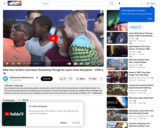
Learn about the layers of the atmosphere and the challenges the engineering team overcame in planning and executing Alan Eustace's world record-breaking jump.
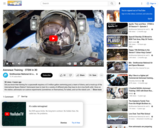
Learn about the training astronauts complete for all of the different jobs they have to do in low earth orbit.

In this episode meet some amazing leaders and follow their path to a career in air and space.
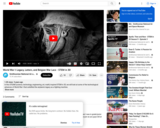
With the Embassy of Belgium, we dive deep into how the war affected the lives of children and how lace makers helped feed a nation. We also look at present works of art by artist soldiers.
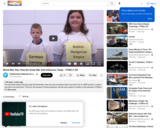
Learn about the WWI time period and aircraft during this episode of STEM in 30.
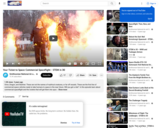
In this episode of STEM in 30 learn about commercial spaceflight and the rockets that will get them into space.

In space, where the stakes are high, how does one write? After all, the ink in pens isn't held down by gravity, so how do you write upside down?

Why are airplane wings shaped the way they are? What can pretzels tell you about flying? Instead of catching a nap or flipping through the in-flight magazine, do some experiments next time you fly.
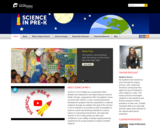
The goal of the Science in Pre-K website is to provide you with a foundation in science content and teaching methods for science inquiry in a preschool environment.
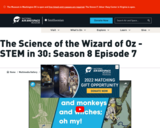
In this episode we'll explore some of the more fanciful parts of the story and dive deep into tornadoes, flying witches, hot air balloons and - what about those flying monkeys?
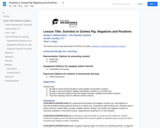
Students explore the concepts of positive and negative numbers through Newton's Third Law and rocket thrust, and other examples.
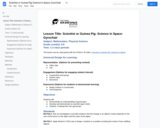
Students explore Newton's Third Law of Motion through a gyro-chair activity.

Recognize that the policies of segregation applied to every aspect of American life, including early aviation. Investigate the contributions of African American pilots to early aviation.
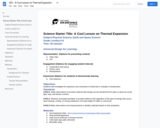
This lesson guides students through an investigation of the expansion and contraction of metal due to changes in temperature.
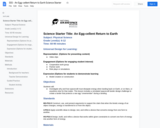
Investigate why and how spacecraft must dissipate energy when landing back on Earth, or on Mars, or anywhere else for that matter.